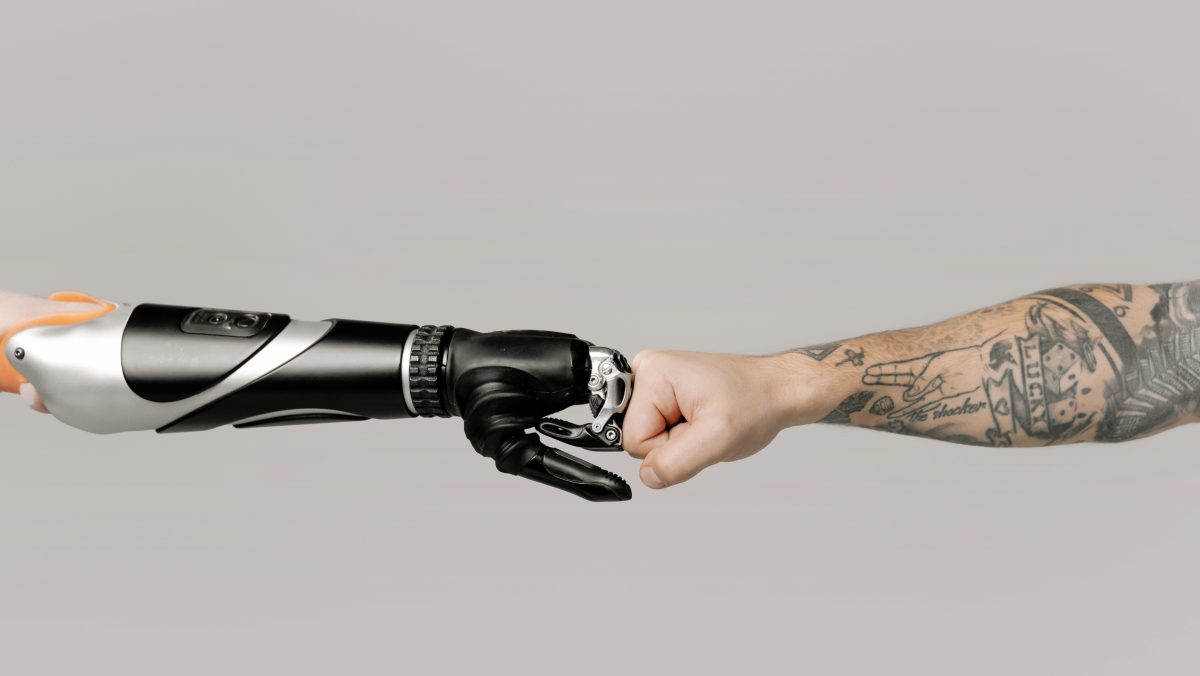The creation of alternative flows and touch points with real value thanks to AI capabilities is the present in organisations.
Today I would like to talk about the Wizard of Oz testing technique, which I believe helps to reduce uncertainties in an innovative environment and validate hypotheses before embarking on a change process.
The Wizard of Oz is an experimentation technique that was first documented and used in 1973 by Don Norman and Allen Munro to validate an automated travel assistant at an airport. IBM in the 1980s popularised it with their ‘Speech-to-text’ experiment.
They wanted to find out whether dictation to a computer would be well received by people. To this end, they carried out a laboratory test with several users, who had to dictate a speech to the machine and the conversations were transcribed on the screen in real time. Of course this technology was not developed in the 1980s, but to simulate it, what they basically did was that in an adjoining room a technician listened to the speech and typed it on a keyboard that was connected to the screen that the user saw.
They were simulating technical capabilities that they didn’t have at the time to validate the desirability of the concept before investing many millions in the new technology. This is the Wizard of Oz technique.
Before deploying a technology that is equally expensive in resources, you simulate with a human that capability that is not really developed. The Wizard of Oz has become very popular with conversational interfaces such as chatbots and for interfaces that use algorithms to display recommended content.
Its use in complex technologies such as generative AI
It is very useful in complex technologies (such as generative AI) as it provides prior information about their desirability, usefulness and usability.
To continue with the IBM example, the test revealed that the ‘Speech-to-text’ concept was not very desirable in the 1980s because of privacy issues, so the keyboard continued to exist and IBM at that time did not invest a lot of resources in this new form of interaction.
Early validation saved a lot of effort, a good concept sometimes needs society to be ready for it and getting ahead of the curve is just as damaging as being late.
Use case
At Telefónica B2B on the Energy side we made our Wizard of Oz to validate a value proposition that relied on Artificial Intelligence that processes and identifies objects in images. The energy team played the famous Wizard of Oz in a pilot, manually mapping those images, without customers detecting that it had not been automatic. And so they reduced uncertainty for the investment.
Conclusions
The Wizard of Oz technique is tremendously useful for validating, pivoting and testing disruptive concepts. I encourage you to try it.
